A new type of public housing with elderly-friendly features and subscription to care services would be an effective way to fulfil the different needs of seniors under one roof, experts told CNA on Monday (Dec 14).
It was announced last week that the Housing and Development Board (HDB) flats in Bukit Batok, Singapore, known as Community Care Apartments, target homebuyers aged 65 and above who want to live on their own but receive care if needed.
Residents will subscribe to a basic service package, which gives them access to 24-hour emergency monitoring and response, basic health checks and simple home fixes.
These will be facilitated by an onsite community manager, who will also organise social activities.
The flats fill a gap in the housing market for seniors, said Huttons Asia’s head of research Lee Sze Teck.
With its extra care services, he said that the apartments are a “step up” from two-room Flexi flats, which are short-lease units with senior-friendly features.
On the other hand, it is one rung below nursing homes or dedicated institutions, providing variety for seniors who find themselves between different stages of their lives, he said.
Mr Lee also noted that a centralised care and service provider in the HDB block would solve space constraints for ageing households.
“In other housing types for seniors, such as two-room Flexi flats, the concern is: ‘If I need a helper, I don’t have space for her to live in my apartment.’ This addresses that," he said.
Dr Angeline Seah, head of Geriatric Medicine at Khoo Teck Puat Hospital, said the model “plugs the physical, cognitive or psychological needs of seniors”.
On the physical front, apart from having slip-resistant floors and wheelchair-friendly doors, a new and refreshed flat would be safer for residents, Dr Seah said.
She added that this is because many seniors may occupy old, large flats that are challenging to maintain, resulting in greater risks of electric or fire hazards, for example.
The new housing model would also remove the potential stress of having to hire a foreign domestic worker, or having to adapt to life with a housemate in rental flats, Dr Seah told CNA.
“For seniors with a lifetime of entrenched habits and expected challenges in learning due to ageing, it is cognitively heavy and psychologically stressful to have to adapt and they may not have the resilience to re-equilibrate.”
She added that the extra “a la carte” services, such as personal care or meal delivery, also create flexibility in matching the needs of different people who live in the same block.
The focus on active ageing would also preserve or strengthen the seniors’ “residual functional ability or health reserves”, she said.
From an urban planning perspective, the facility’s location in Bukit Batok, with new amenities and Build-to-Order (BTO) flats coming up in the area, was strategic too, said Professor Sing Tien Foo.
The director of the Institute of Real Estate and Urban Studies at the National University of Singapore said this would encourage grown children – with their young families – to live in the neighbourhood to be near their parents.
“That will create a more vibrant community … By having other kinds of housing options nearby, it gives more variety and encourages interaction with other groups,” he said.
Prof Sing added that he expects demand for the 160-unit development to be strong, especially given the limited number of apartments available. While the apartments cannot be resold or rented out, owners who no longer need the flats can return it to HDB for a refund on the value of the remaining lease.
POTENTIAL CHALLENGES AND RECOMMENDATIONS
The experts noted, however, that there may be potential challenges, such as having to deal with the different abilities of elderly residents.
Dr Seah said seniors may have “varying communication needs” as they may speak unique dialects or have different communication abilities.
This may lead to “under or over provision of services, misunderstandings between staff or between seniors”, she said.
Another thing to consider is that the elderly may have continence, audiovisual and cognitive issues.
For example, Dr Seah noted how continence issues among the elderly may mean the building will need more toilets, which will have to be cleaned more regularly.
To deal with cognitive limitations, the facility would also need a “clear and well-organised environment with reduced distractions”, she said.
Prof Sing also mooted the idea of making lease increments more flexible. Currently, applicants must purchase their leases in five-year increments, starting from a minimum 15-year lease period.
“With shorter minimum increments, people can evaluate whether they want to continue with this and if not, they can return it to HDB … Because it’s a very new concept. People need to understand and get used to the system,” he said.
He added that if the pilot is successful, it could perhaps be expanded to cater to elderly residents with different needs and health issues.
Dr Seah said that while the concept has been well designed, some issues can only be identified after the pilot starts.
She suggested placing a nursing or health coach in the centre with "training and tools for continual quality improvements", working alongside the community manager so they can “collectively act on issues as they arise”.
The Community Care Apartments will be launched for sale in February’s BTO exercise.
Source: CNA/cl(gs)
This article was originally published on CNA.

.jpeg)
.png)


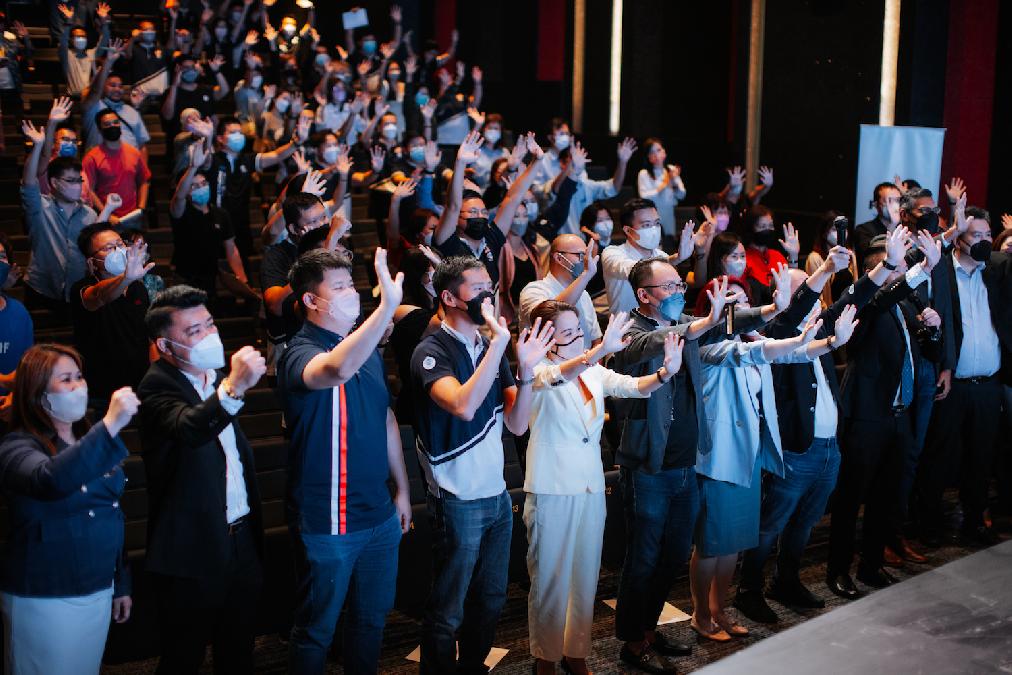
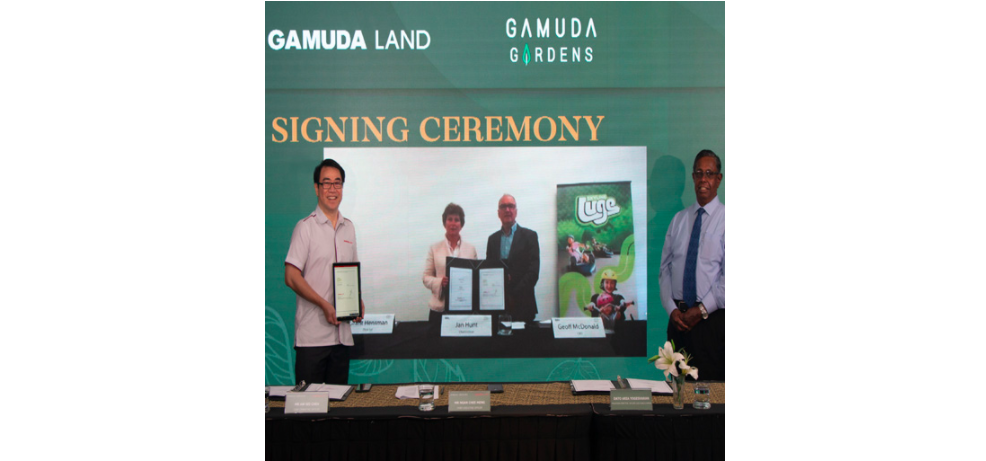

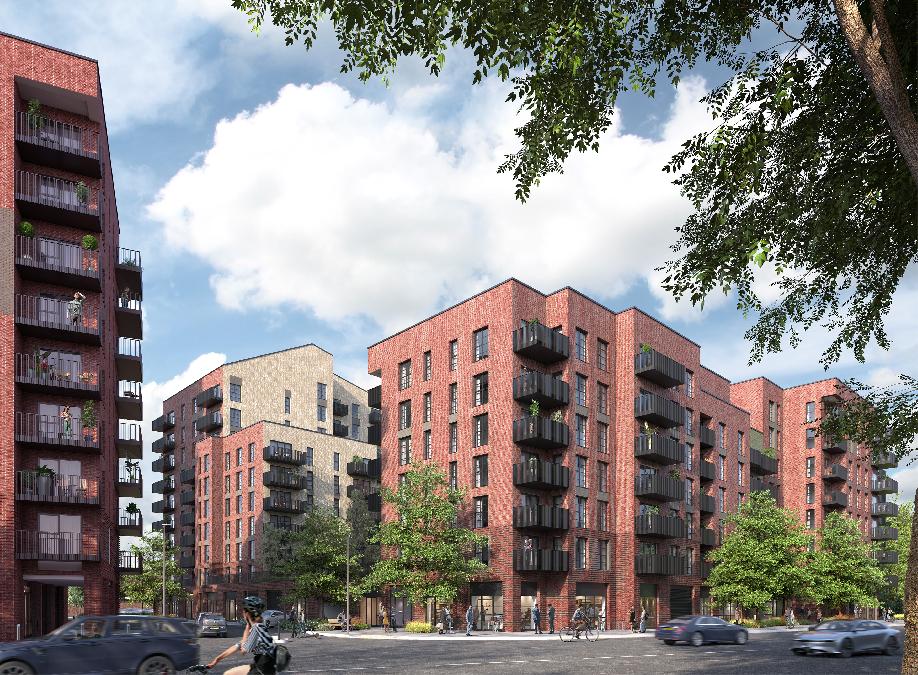
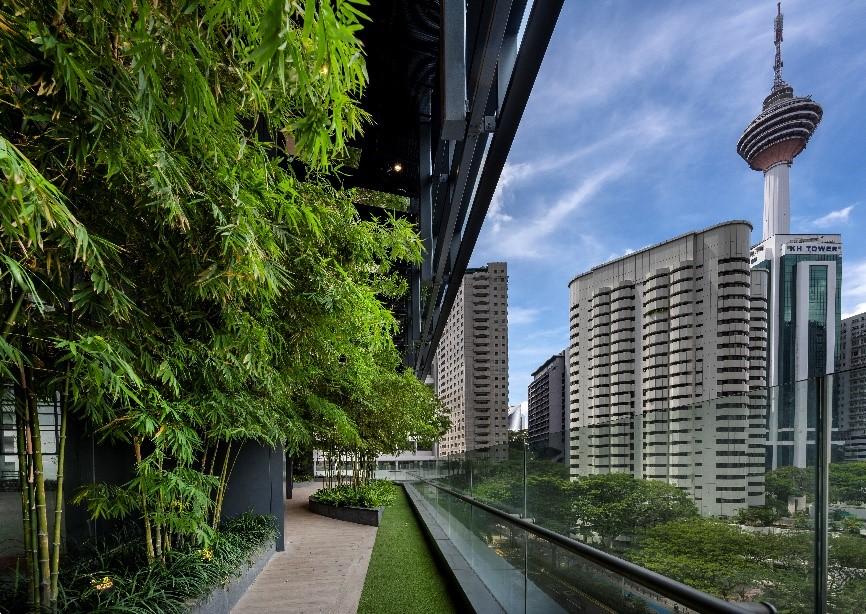
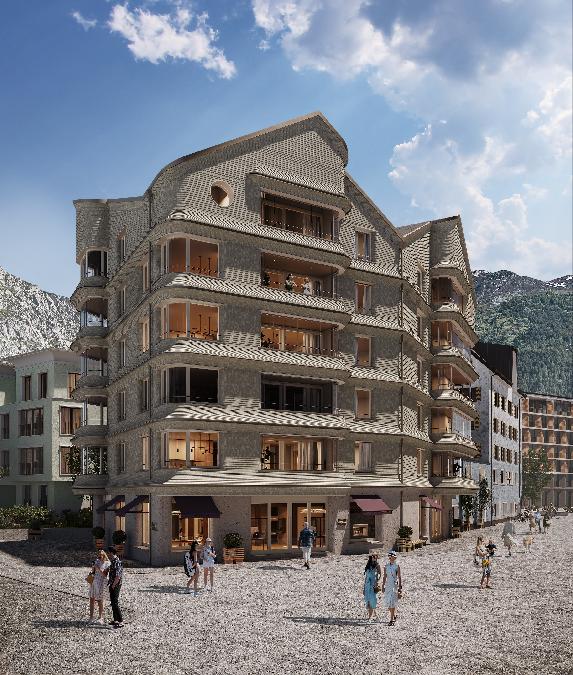

.jpeg)

